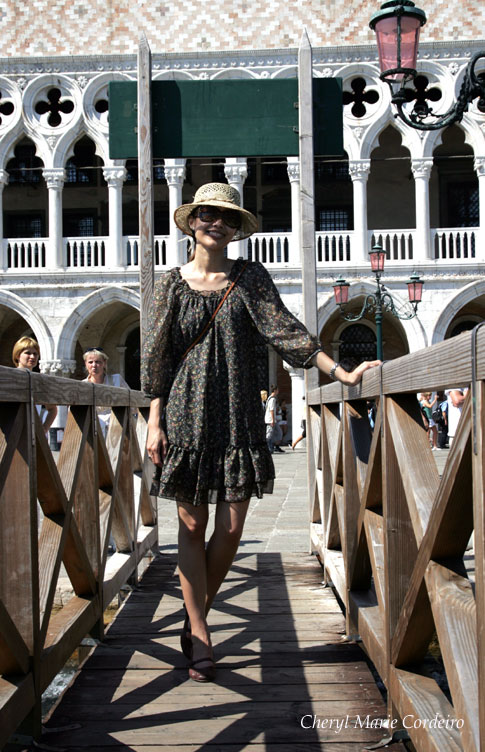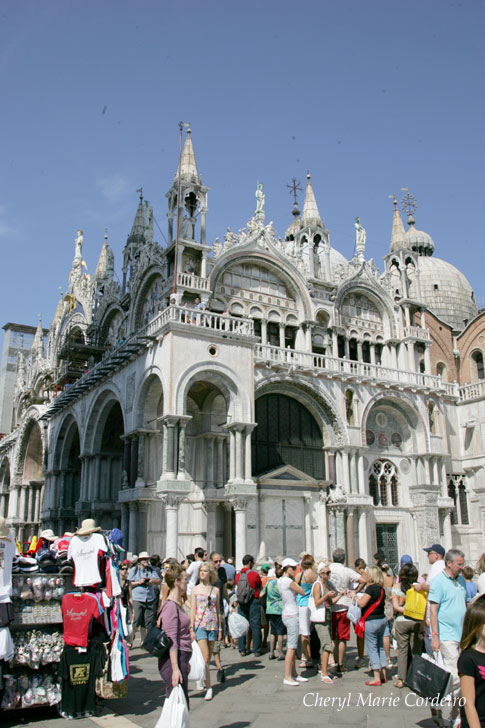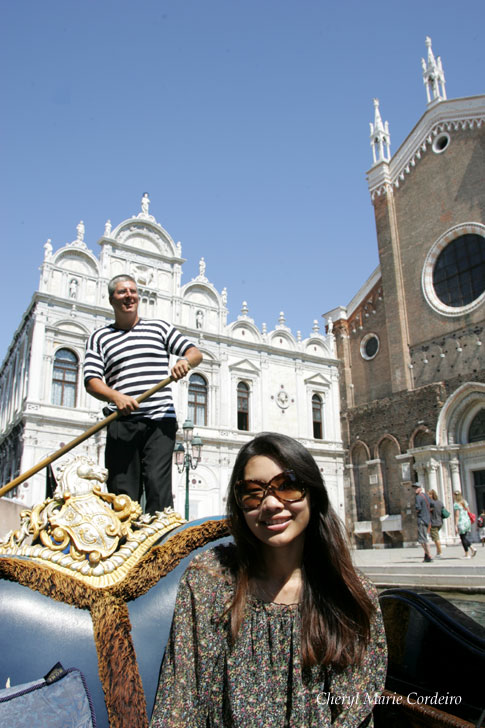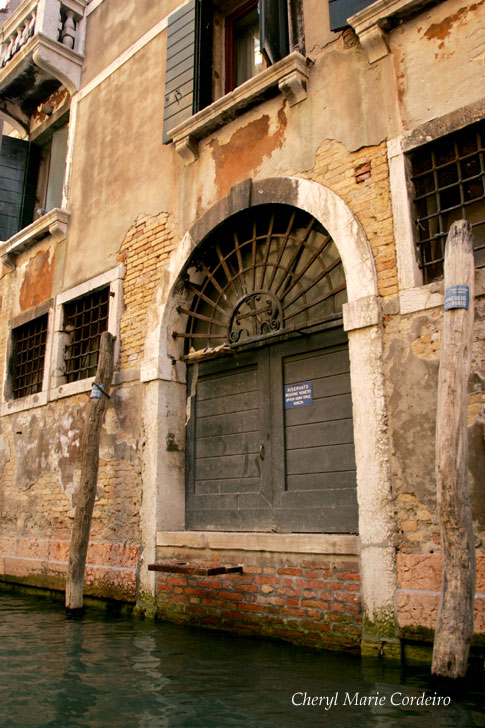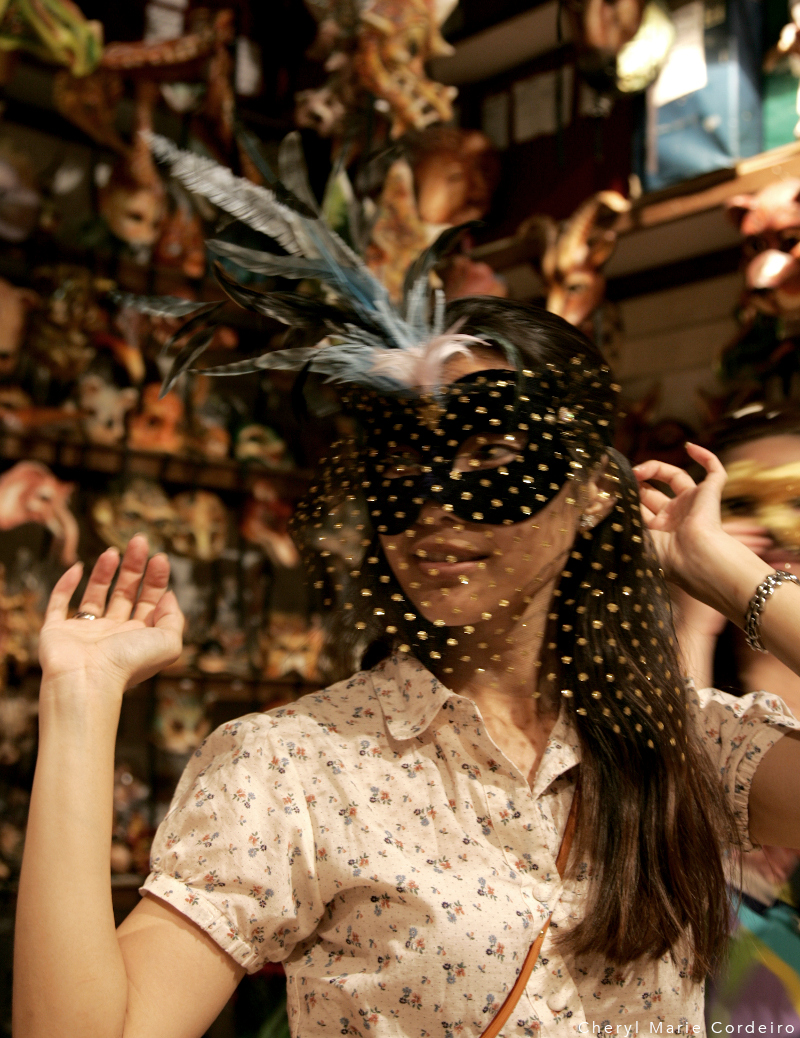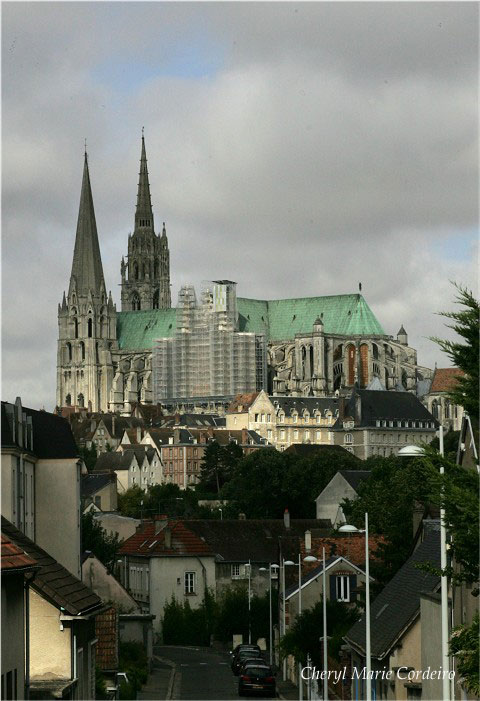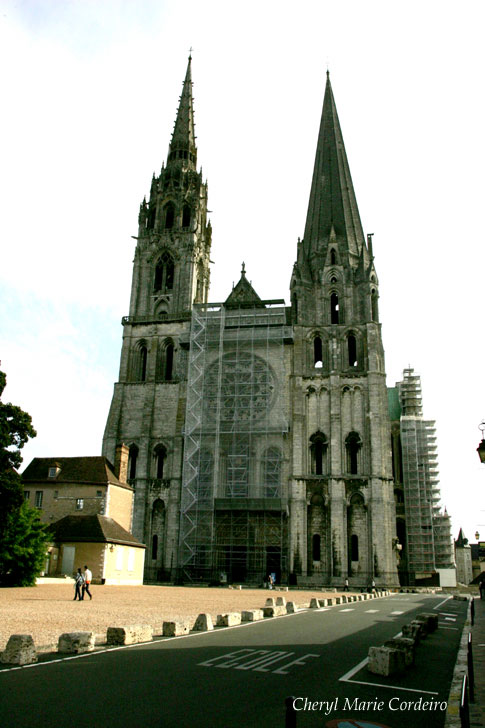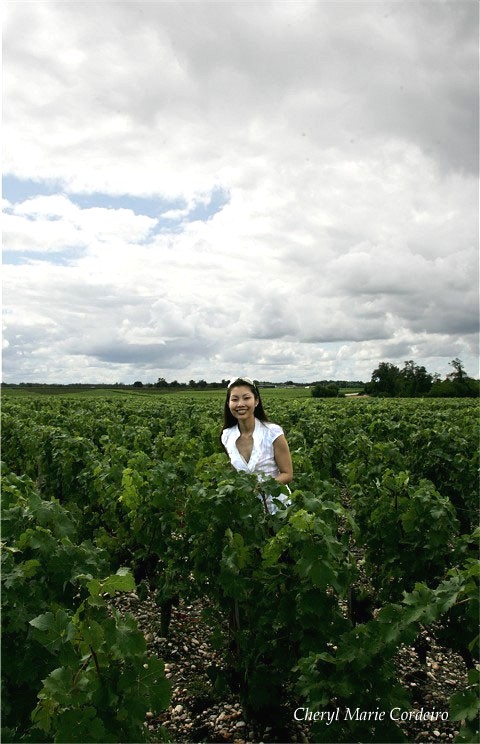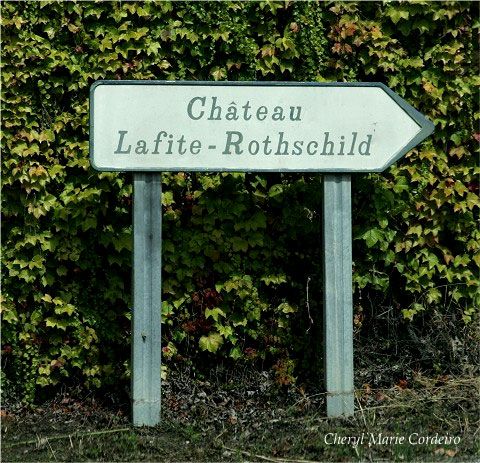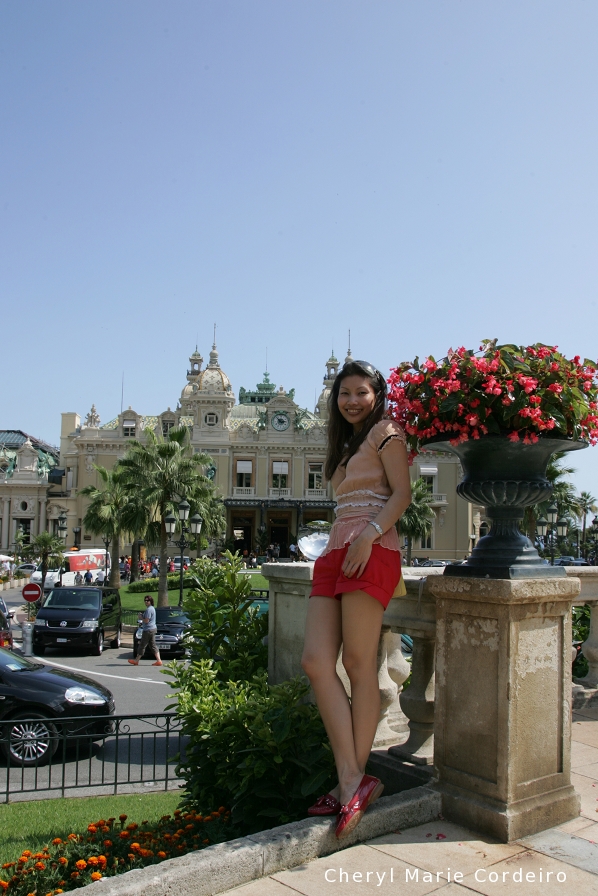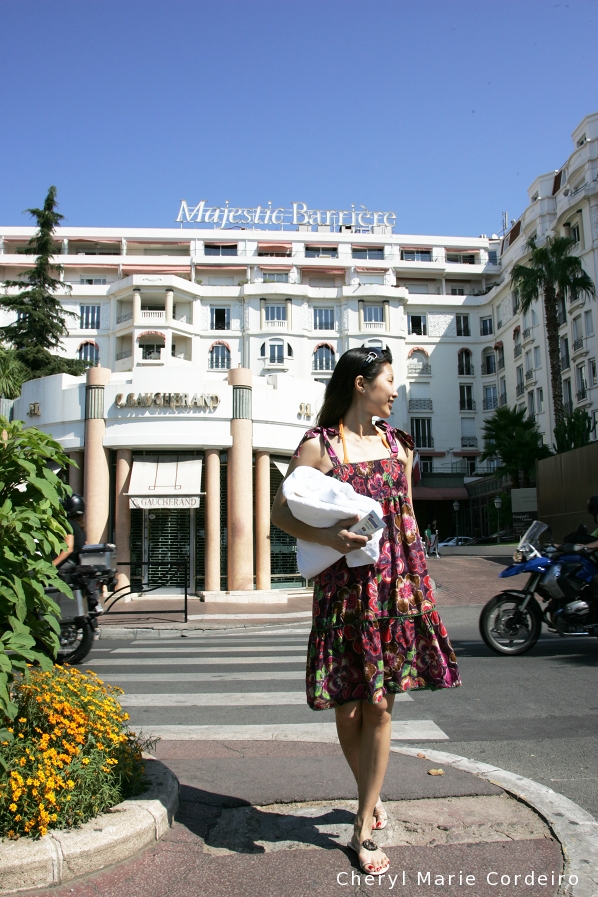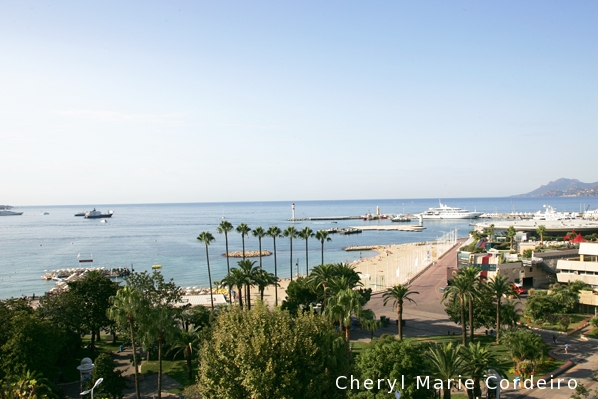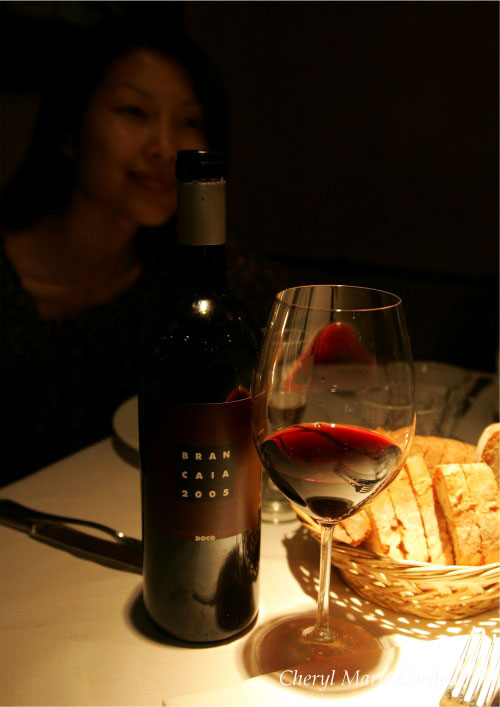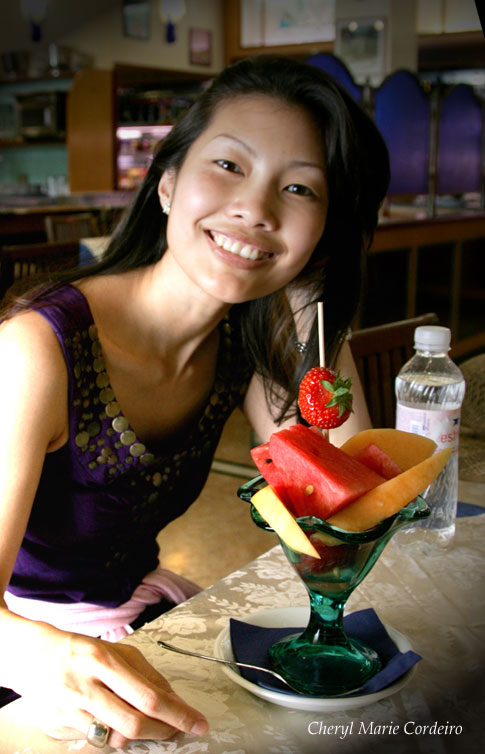
Small treasures on this trip to the Holy See – fresh summer fruits and some time away from the mid-day sun. This particular café served a good range of lunches from pizzas to fresh fruit and ice-cream.
We parked our car in Rome and then in all of about 300 meters, it seemed we were standing right in the middle of a different state; the Vatican City.
The Vatican state and its structures, to me, seemed to blend seamlessly with everything else Roman. Large, majestic looking sculptures, passageways and corridors that seem almost too large for any efficient or practical use of space, making one feel almost insignificant when walking about. I can imagine the purpose of the imposing structures from ancient times, that people needed to feel the power of the ruling, for the masses to feel at once diminished, yet safe. The structures work to the very same purpose today, except with a different flavour.
As a tourist, it’s splendid with so much space to conquer during your visit. And the Vatican state allows you these conquests as it invites hoards of visitors into its arms, into its heart which is St. Peter’s Basilica and into its treasure filled museum wings. The high arches and open spaces aid in dispensing with the overly crowded feel; a feel that Venice for example, could not overcome.
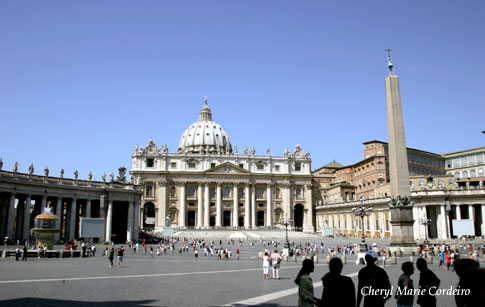
A curious feature: an Egyptian obelisk stands in front of St. Peter’s church.
Though small as a state, by foot, the grounds of St. Peter’s Basilica are still vast, with an intriguing sight of an Egyptian obelisk in the middle. Its slightly skewed alignment to Michelangelo’s building is said to have been compensated by Maderno’s nave inside the Basilica. Continue reading “Into the heart of the St. Peter’s Basilica – The Vatican City and its treasures in Rome”
